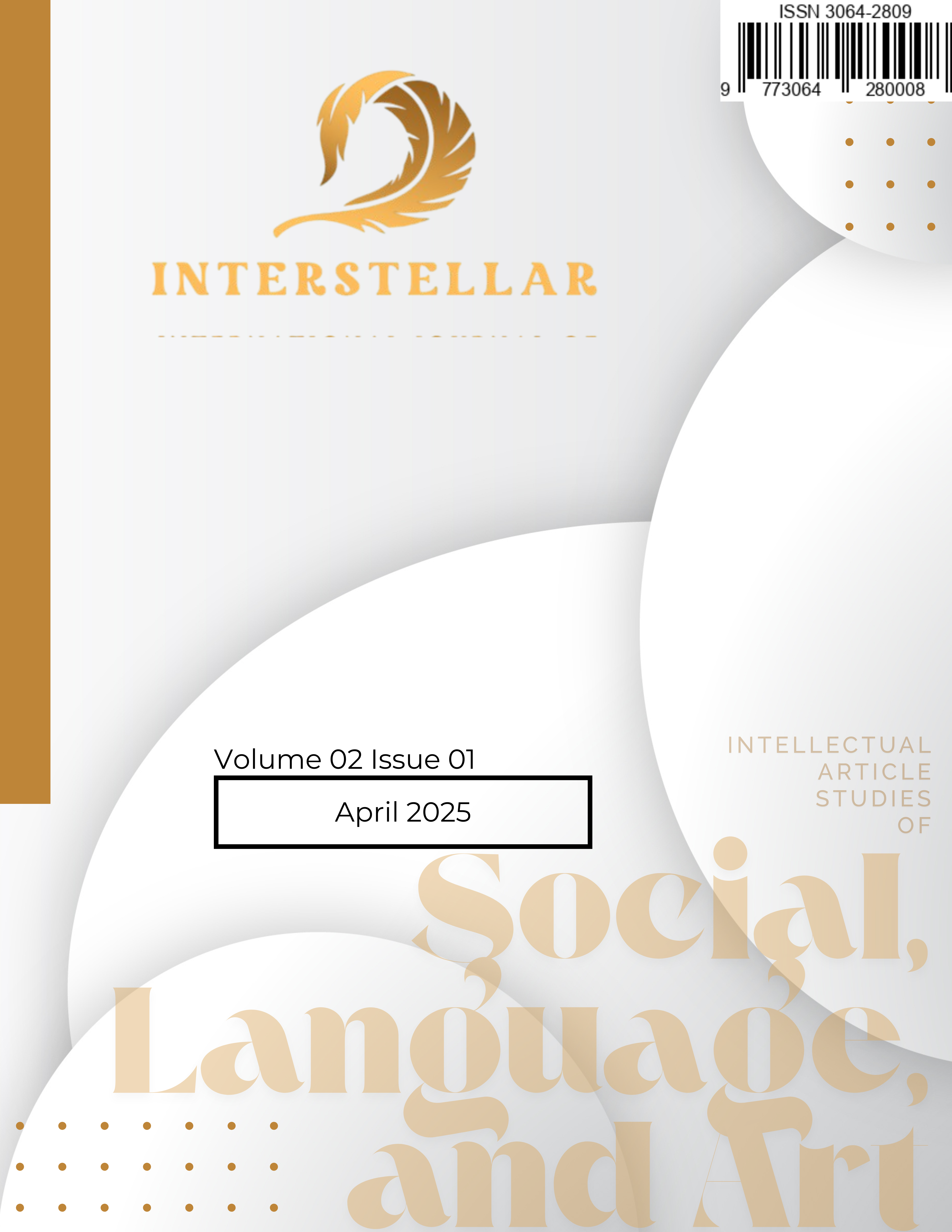Disrupting the Script: Narrative and Plot Progression in the Accidental Husband
DOI:
https://doi.org/10.70904/Keywords:
the accidental husband, plot analysis, romantic film, narrative, interpersonal communicationAbstract
This article analyses the plot elements in the film The Accidental Husband directed by Griffin Dunne using a narrative approach. The study aims to identify and examine the plot structure, including exposition, starting point, rising action, climax, falling action, and resolution. This is a qualitative descriptive study with primary data taken from the film's dialogues and scenes. The analysis focuses on the emotional development of the main character, Emma Lloyd, a radio love consultant whose advice unknowingly disrupts someone else's life. The findings show that the film uses a linear narrative structure, building tension gradually toward an emotional climax and ending with a happy resolution. The film also delivers strong moral messages about the impact of words, the importance of interpersonal communication, and the courage to follow one’s heart. This study contributes to narrative analysis in film and supports literature-based learning using popular media
References
Baldick, C. (2001). The concise Oxford dictionary of literary terms (2nd ed.). Oxford: Oxford
University Press.
Beaty, J. (1973). The Norton introduction to literature (2nd ed.). New York: W.W. Norton & Company.
Beckson, K., & Ganz, A. (1990). Literary terms: A dictionary. New York: Farrar, Straus and Giroux.
ContemporaryLit. (2009). Plot and literary terms. Retrieved from http://contemporarylit.about.com/literaryterms
Croft, S., & Cross, H. (2000). Literature, criticism, and style. Oxford: Oxford University Press.
Forster, E. M. (2000). Aspects of the novel. London: Penguin Books.
Hodgson, J. (2001). The narrative voice. London: Routledge.
Hoeper, J. D., & Pickering, J. H. (1962). Concise companion to literature. New York: Macmillan.
Hornby, A. S. (1995). Oxford advanced learner’s dictionary of current English (5th ed.). Oxford: Oxford University Press.
Kennedy, X. J. (1979). Literature: An introduction to fiction, poetry, and drama. Boston: Little, Brown.
Kirszner, L. G., & Mandell, S. R. (2000). Fiction: Reading, reacting, writing (3rd ed.). Fort Worth: Harcourt College Publishers.
Kirszner, L. G., & Mandell, S. R. (2008). Literature: Reading, reacting, writing (6th ed.). Boston: Thomson Wadsworth.
Lyon, L. (2004). The structure of story. New York: Creative Writing Press.
Putri, R. S., Sella, M., Andini, T. P., Agustina, W. N., & Herlinda, H. (2022). Analisis struktur dan unsur intrinsik dalam drama tradisional nusantara. Fonologi: Jurnal Ilmuan Bahasa dan Sastra Inggris, 3(2), 45–60. https://doi.org/10.61132/fonologi.v3i2.1822
Mahfian, I., Fitriyah, L., & Suryani, S. (2024). Analisis plot dalam film Guru-Guru Gokil “Crazy Awesome Teachers”. BIDUK: Jurnal Pendidikan Bahasa dan Sastra Indonesia, 1(2), 74–86. https://doi.org/10.30599/biduk.v1i2.666
Pratama, F. P., & Desnaranti, L. (2022). Obsessed: A plot analysis. Literatus, 4(1), 363–371. https://doi.org/10.37010/lit.v4i1.802
Downloads
Published
Issue
Section
License
Copyright (c) 2025 Febby Pratama Putra, Laila Desnaranti, Wulan Yulian Anggini (Author)

This work is licensed under a Creative Commons Attribution-ShareAlike 4.0 International License.

